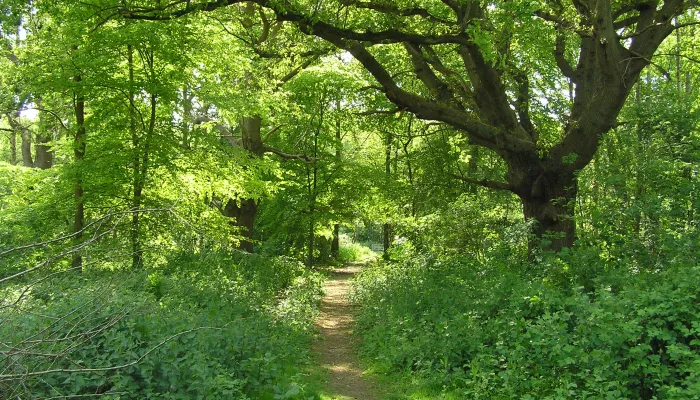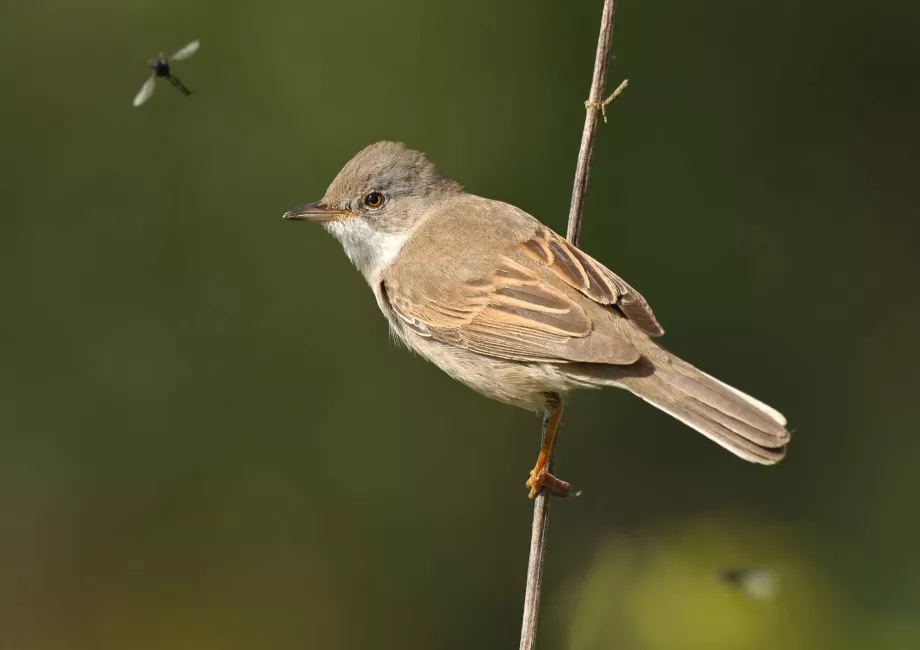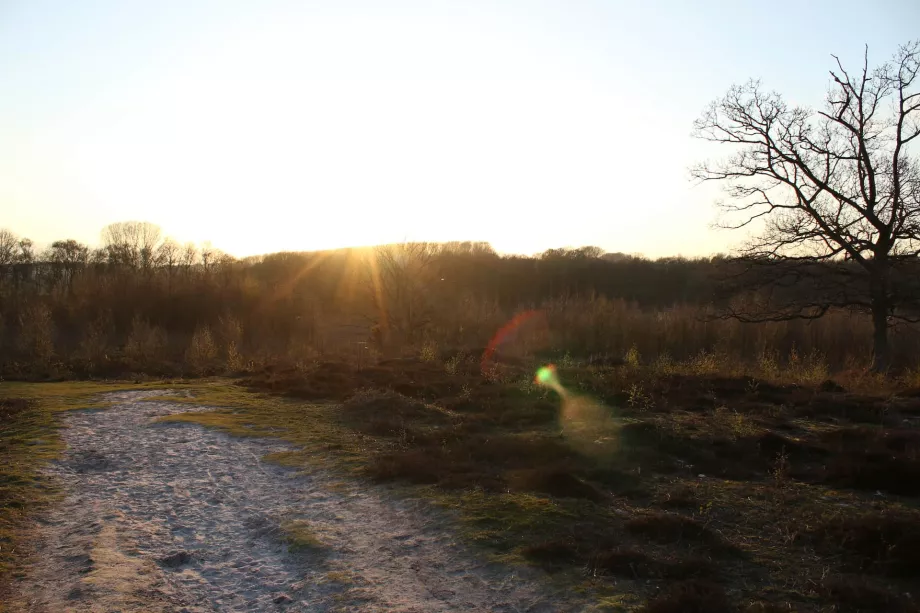Keeping dogs on leads
In order to help protect these vulnerable, disturbance intolerant ground nesting bird species we will be asking that dogs be kept on leads and on the paths in the open areas of heath across Hothfield. This will enable our heathland bird species to nest in peace away from the paths. Dogs can still be off lead but under control in the wooded area around the edge of Hothfield Heathlands as tree nesting species are less sensitive to disturbance by dogs and people. With all of your help we can support these vulnerable and rare species to thrive again in our unique heathland habitat.






